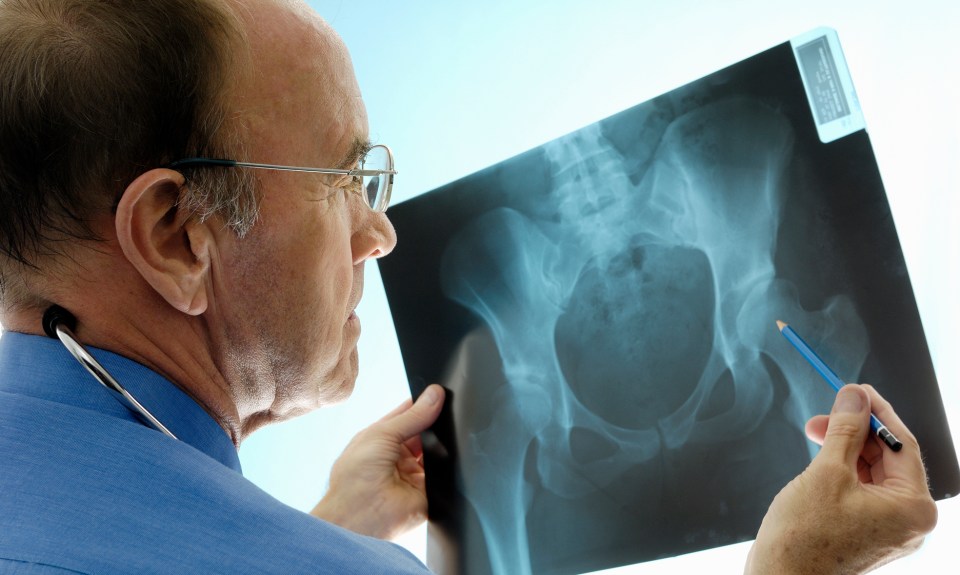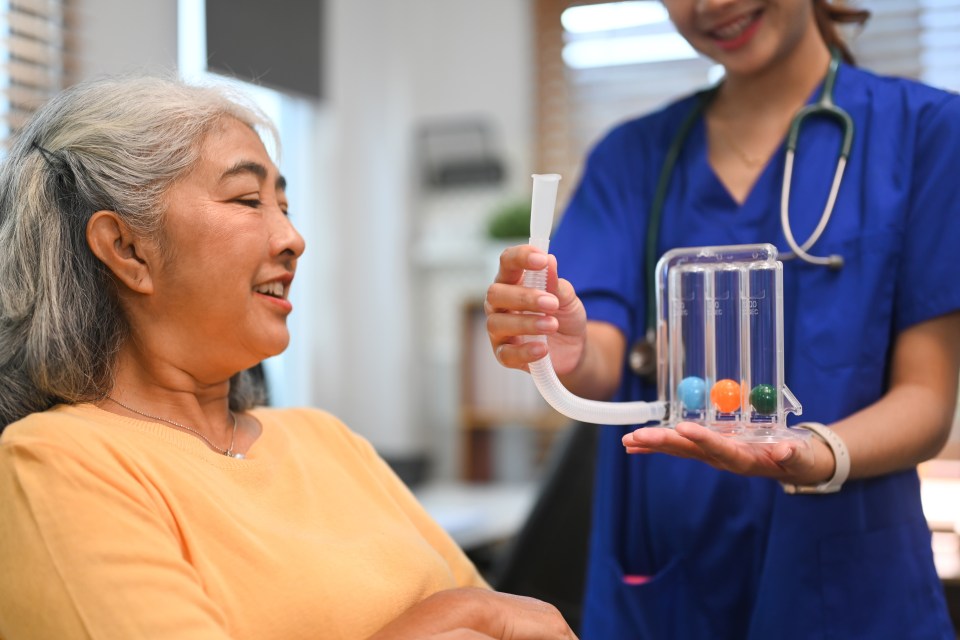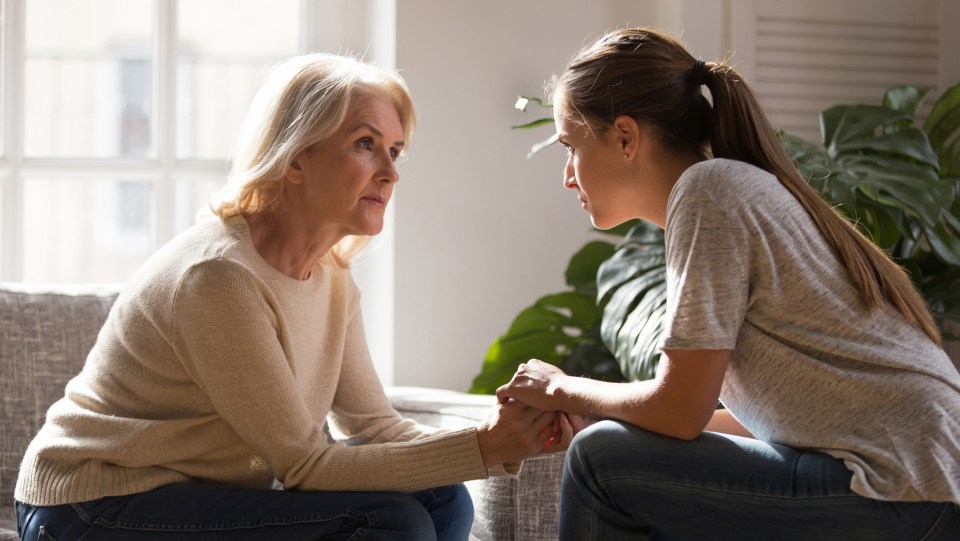The word osteoporosis means “porous bone” in Latin. It is a bone disease characterized by low bone density, decreased bone strength and a change in bone structure, which can lead to an increased risk of fracture. When someone has osteoporosis, bones weaken because not enough new bone is formed or too much bone is lost.
Up until about age 30, you normally build more bone than you lose. After age 35, bone breakdown occurs faster than bone buildup, which causes a gradual loss of bone mass. For women, the rate of bone breakdown occurs even more quickly after menopause. If you have osteoporosis, you lose bone mass at an even greater rate.
Who is at Risk?
Although some are more at-risk than others, osteoporosis can affect all ages, ethnic groups and genders.
There are many factors that can cause a person to be at increased risk for developing osteoporosis. It is important to know your risks, so you can be proactive with treatment.
Risk factors include:
- Female gender
- Small frame
- Advanced age
- Hormone levels
- Genetics
- Excessive caffeine intake
- Inactive lifestyle
- Certain medications
- Poor health
- Low weight
- Calcium poor diet
- Low vitamin D levels
- Smoking
The risk for osteoporosis fractures increases with age. Osteoporosis affects 55% of Americans aged 50 or older. After age 50, one in two women and one in four men will have an osteoporosis fracture in their lifetimes.
Osteoporosis can also occur in those younger than 50 and in children, often due to diseases that affect bone development such as celiac disease, inflammatory bowel disease, rheumatoid arthritis, spina bifida, cystic fibrosis and kidney disease.
Some medicines, such as steroids, may also increase the risk of developing osteoporosis.

How is it Diagnosed?
Osteoporosis is best diagnosed through a painless specialized X-ray known as a DEXA or DXA scan, which measures bone density. These X-rays show how solid the bones of the spine, hip or wrist are. Regular X-rays will only show osteoporosis when the disease is very far along. All women over 65 should have a bone density test, but it may be done earlier for those who are at higher risk of developing the condition. Men over age 70 or younger men with risk factors should also consider getting a bone density test.
What are the Symptoms?
The disease often develops without symptoms or pain and is not discovered until there is a fracture. However, you should watch for loss of height of an inch or more or changes in posture (humpback, stooping or bending forward).
What is the Treatment?
The prevention and management of osteoporosis involves attention to nutrition, possible use of medication or supplements and exercise. As there are many classes of medications used to treat osteoporosis, you should contact your doctor to see which medication would work best for you.
Do not have excessive amounts of caffeine or alcohol and do not use tobacco at all.
Two types of exercise are optimal for bone health: weight-bearing and resistance. Weight-bearing exercises are any kind of exercises you do with your feet or arms supporting your body. Examples of weight-bearing exercises are walking, dancing, stomping your feet, stair climbing or hiking.
Regular strength or resistance training can make your muscles stronger. Examples of resistance exercises are: weight lifting in proper posture and alignment, use of exercise bands and gravity resistance exercise (squats, sitting to standing, lunges and push-ups).
Proper posture and alignment with activities of daily living can protect your spine from fracture.
Improving balance can reduce the risk of falls.
Avoid exercises or movements that may contribute to spinal fracture, including sit-ups or crunches, forward bending exercises or twisting exercises.
What is the Prognosis?
Osteoporosis can be serious. The weakened bone can cause osteoporosis fractures, with most of the fractures occurring in the hip, wrist and spine. Fractures can alter your life. However, maintaining a healthy lifestyle can reduce the degree of bone loss and allow you to lead an active and fulfilling life even if you do have osteoporosis.
The content of this site is for informational purposes only and should not be taken as professional medical advice. Always seek the advice of your physician or other qualified healthcare provider with any questions you may have regarding any medical conditions or treatments.



